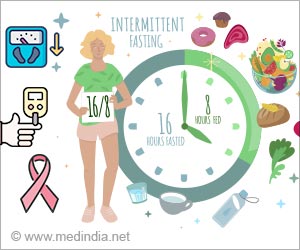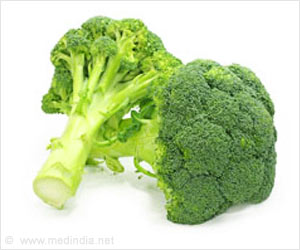Raging discussions about the wholesomeness of whole grains and unwholesomeness of visually appetizing foods, sugar coated cereals or white bread, have led companies’ flip-flop on their food strategies
Raging discussions about the wholesomeness of whole grains and unwholesomeness of visually appetizing foods, sugar coated cereals or white bread, have led companies’ flip-flop on their food strategies, and yo-yo to consumer palettes, dictated by regular doses of general knowledge on 'Health Foods', known to keep heart disease and cancer at bay. More food for thought than consumption!
Nadine Sahyoun, a nutrition expert at the University of Maryland, affirms this trend , that if this attributes to enhancing people’s knowledgeable about what goes in, then it’s a good thing happening.The whole-grain debate has entered many households after the research on the efficacy of low fat diets, studied for 8 long years, proved inconclusive. But one way to look at it, is by comparing the nutritional value of a piece of white bread rich in refined sugars and flour, with whole grain bread, both having the same calories, and the latter being naturally good for health
Sahyoun began a study to check out if whole grain foods promoted heart health and could really ward off diabetes and cancer. After studying 535 healthy seniors, the researchers concluded that getting anything more than three servings of whole grains a day was as good for them as it is for young and middle-aged adults. And certainly when this was compared to those who ate fewer whole grains, healthy eaters benefited with lower rates of heart disease and blood sugar problems.
The results have been published in the American Journal of Clinical Nutrition. The government has chalked out dietary guidelines which recommend three ounces of whole grains a day. This has sparked of some kind of a marketing war, with companies vying to add the stamp to their foods. Instead of a stamp, the Food and Drug Administration, has recommended companies to list out the amount of whole grains on their packaging. According to Sahyoun, this is just the company’s way of pushing the whole grains and their products into the market. But she says it is not difficult to find out what is good to eat. In products that really have high whole grain content, it will be the first ingredient listed on the food packages, and these need not form a part of brown or grain bread. She cautions consumers to check the labeling before concluding that a food item is wholesome, and not by mere looks of it. Oatmeal, popcorn and wild rice are excellent sources of whole grains. Experts opine that one must try to get half the grains from whole grain sources, and the best bet will be substitute one grain for another , instead of just piling on.











